Back in the day my grandfather would “warm up the wireless” mounted in his Riley’s dashboard. The crystal glass screen would glow a soft yellow as BBC’s Test Match Special faded in on crackly Medium Wave – for back then, TMS was broadcast on the Third Programme’s MW frequency. At the same time, a new smell would fill the cabin augmenting the whiffs of ancient leather, oil and tobacco. And it’s that redolent reek which hits you as the old-fashioned doorbell rings and you walk into Alan Marchant’s shop, The Vintage Wireless Company in Sale, Manchester.
What is that smell?

“It’s years of baked-on dust, tobacco, old wiring insulation,” he says. “Everyone asks about it.”
They don’t make people like Marchant anymore, or his treasure trove of a shop, where I would surely spend a King’s ransom if I had such a sum. Here, racks of wireless sets (for that is what they are, not radios) line the shelves. Materials are beautiful and tactile: French-polished faces, crackle-finish paint, fretwork grilles, glass valves, germanium transistors and the warmth of Bakelite, the first-ever synthetic plastic made of coal tar and wood alcohol. Charming dials and switches artlessly tell your ears and fingers when channels are selected, when things are on or off, long before ergonomics and haptic feedback were even words.
Tea’s brewed (I’ve bought cake, coffee and walnut since you asked) and we sit down and talk about the art and science of listening – and yes, in the background, Tuffers is telling some shaggy-dog story on TMS on Long Wave, of course.
“I love radio,” he says. “There’s an intimacy and personal aspect of the spoken word, which thankfully has not been lost.”
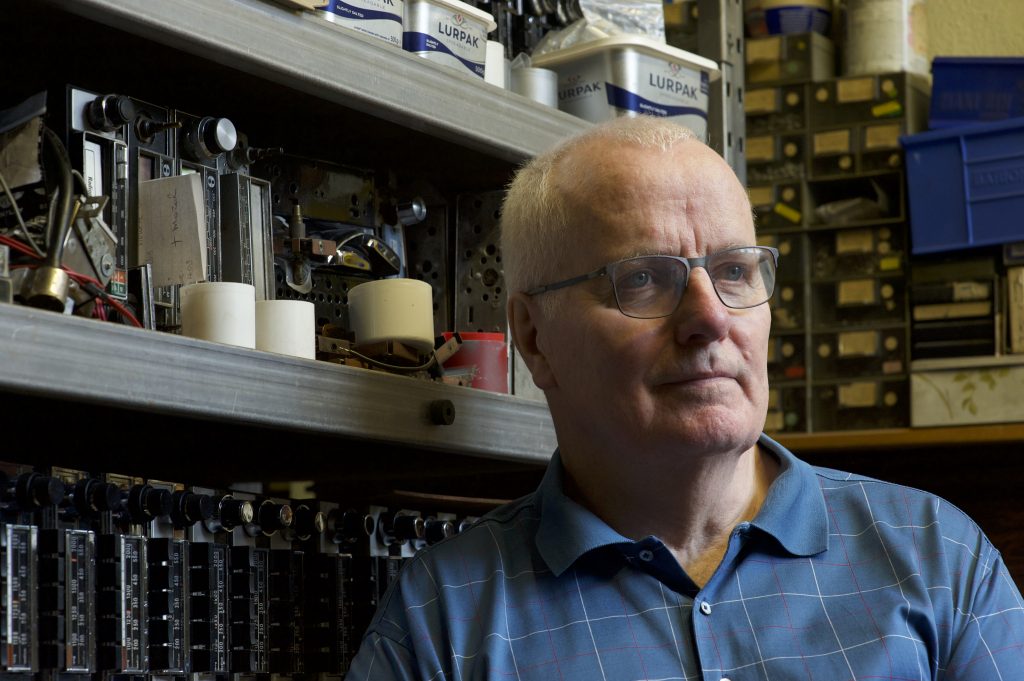
In a world where classic cars are an investment commodity, with restorers, dealers and consultants generously compensated for their efforts, Marchant’s is an unsung profession. Not that it’s a profession for Marchant anymore, for at 71 years old, he’s throwing in the towel after countless repairs and restorations to those old warriors of the airwaves. He’s planning a partial retirement working on domestic wireless sets, hi fi separates and record players. In pieces on his workbench at the moment is a super-rare Clavioline, it’s one of the earliest electronic synthesizers, used on those classic opening bars of the Tornado’s 1962 instrumental hit, Telstar.
So, this is a specialist feature, about a specialist who isn’t a specialist anymore, not that Marchant hasn’t got useful insights into the business of car radio.
Marchant’s first encounter with old electronics was when he was just nine years old so it seemed natural that after training he should get a job as an electrical engineer with Granada Television, where he could play with germanium transistors and valves to his heart’s content. But the way the repair business was going left him frustrated (“We weren’t fixing things anymore,” he says, “just replacing boards.”). When in the Eighties, redundancy was offered he took it “and tried to combine my two hobbies; old radios and old cars”.
Thus the Vintage Wireless Company was born and in those days of scarcity of specialist firms, many beat a path to Marchant’s doors to have their old sets restored. We’ll come back to this in a moment, but Marchant’s oscilloscope, logic tester and soldering iron has plumbed the hearts of some of the world’s best automotive wireless sets. An indication of this is when I mention that famous tale of Stirling Moss listening to Raymond Baxter’s Goodwood TT commentary in Rob Walker’s Ferrari 250 SWB while he was leading the race.
“That was a His Masters Voice [HMV] set,” says Marchant. “I’ve repaired that actual radio.”
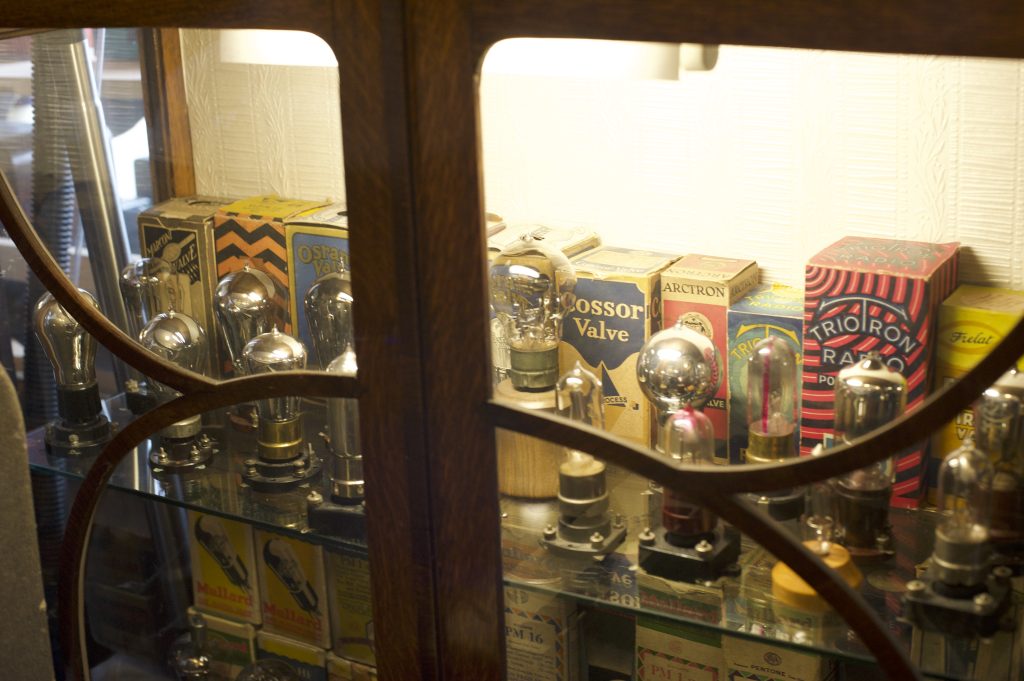
He runs through some of his favourite sets he’s restored over the years, which include the HMV/Radiomobile 100 produced between 1946 and 1950, which was the first HMV radio coming as a result of a partnership between EMI and Smiths Industries. With push-button station selection, an integrated speaker and a separate power supply, the R100 has a lovely warm sound and a wonderfully tactile quality. In fact, it was the inspiration for the in-car entertainment panel in the eighth Rolls-Royce Phantom, which was the first car under BMW ownership.
The 1935 American Arvin attracts Marchant’s admiration because of its absolute quality which surpassed many domestic sets of its day. The set had a separate control panel which could be custom designed for different manufacturers’ fascias – “with car radio, presentation is everything,” says Marchant.
The Pye TCR1000 was the first-ever transistor car radio though it only had one transistor. By all accounts it was so up to the minute that Mike Hawthorn, Britain’s first World Formula One champion, had this radio set fitted to his Jaguar Mark I to replace the standard HMV unit. Marchant found himself restoring a load of these Pye sets for a company that was making replica Hawthorn Jaguar models.
The vertical stacked HMV 4220 unit also gets a mention, since it was such a beautiful set fitted to Rover 75 Cyclops and 75, 60 and 90 models built between 1952 and 1955.
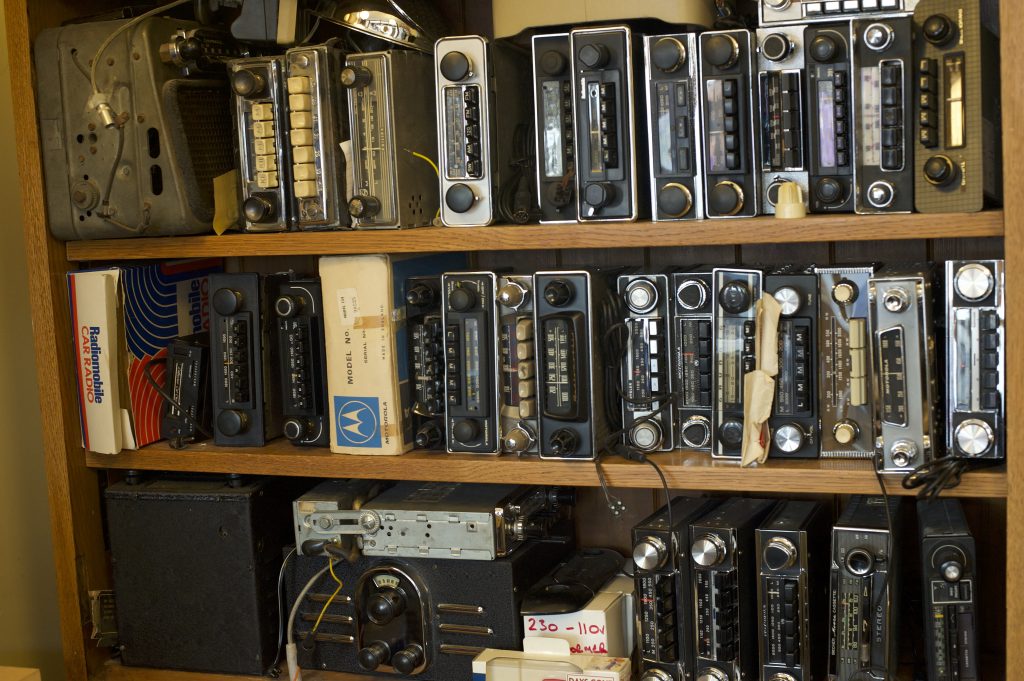
Then there’s a radio that is close to my heart, the HMV Radiomobile 500T, since this is the set that will be fitted to my Triumph GT6. A hybrid unit with valve tuning and a transistor amplifier, it is according to Marchant, “beautifully proportioned and the prettiest car radio ever made.”
He also credits that classic Sixties Motorola 114 unit with its Wankel-rotor style volume and tuning dials at each end of the unit. “It suits black-and-white Sixties dashboards to a tee,” says Marchant, “and it’s also a great performer.”
These were all expensive sets, fitted after production usually at great cost to the first owners. It’s why, as Marchant explains, older sets would be recycled into the owners’ new cars and why the age of the set doesn’t always match the registration plate of the car.
The question is, however, should you have these old sets restored just as they were when new? It starts with what exactly will you be listening to? Radio 4’s Long Wave transmissions (which include TMS, the Shipping Forecast and traditionally a check for Britain’s nuclear submarine commanders that Britain wasn’t a pile of radioactive clinker), were scheduled to close in 2011, but have received a stay of execution. They are set for the chop, however, along with Radio 4 Extra, and Radio 5 Live’s Medium Wave output.
In other words, if all you’ve got is a MW/LW channels, your listening options are set to become rather limited.
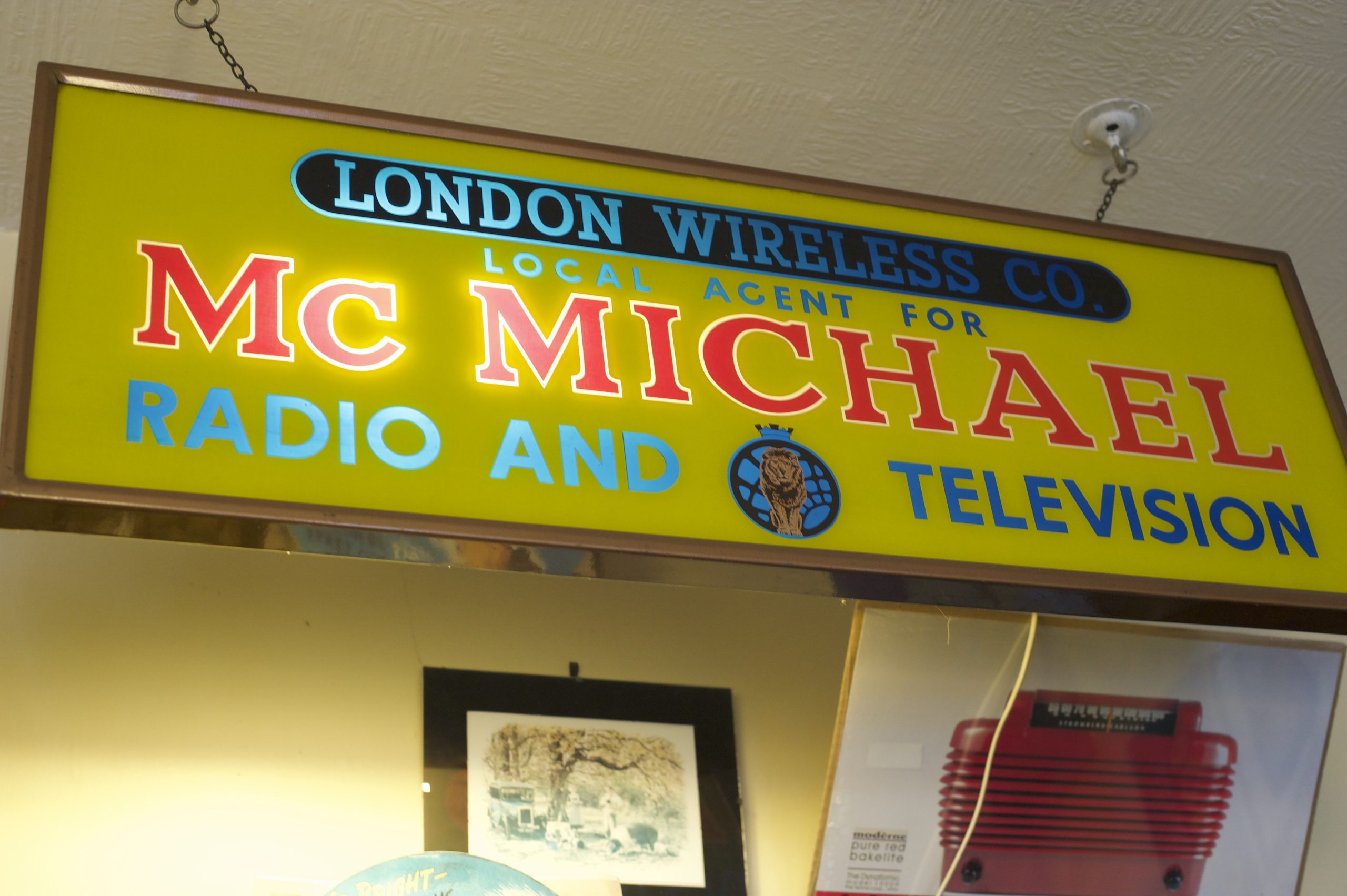
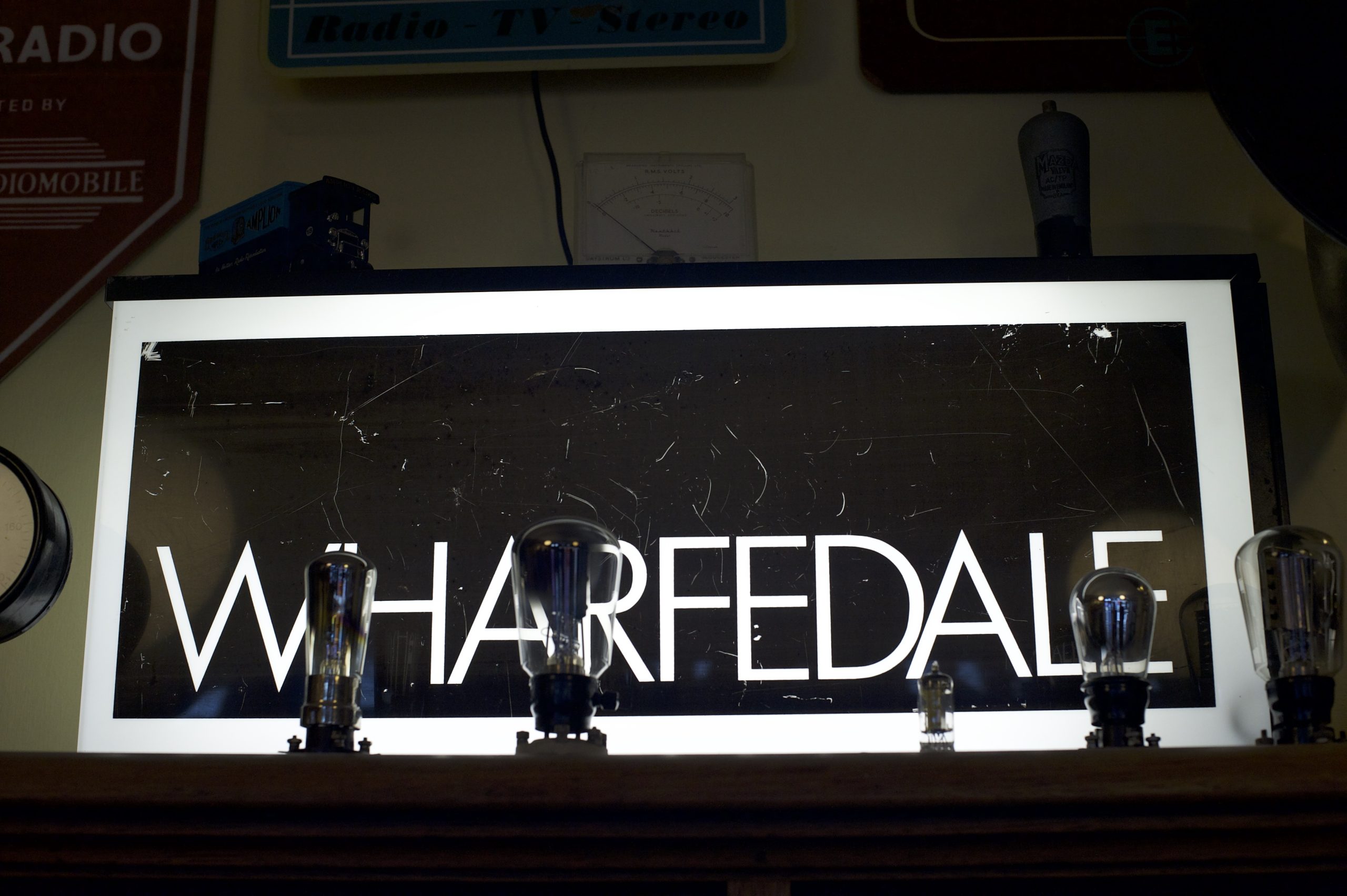
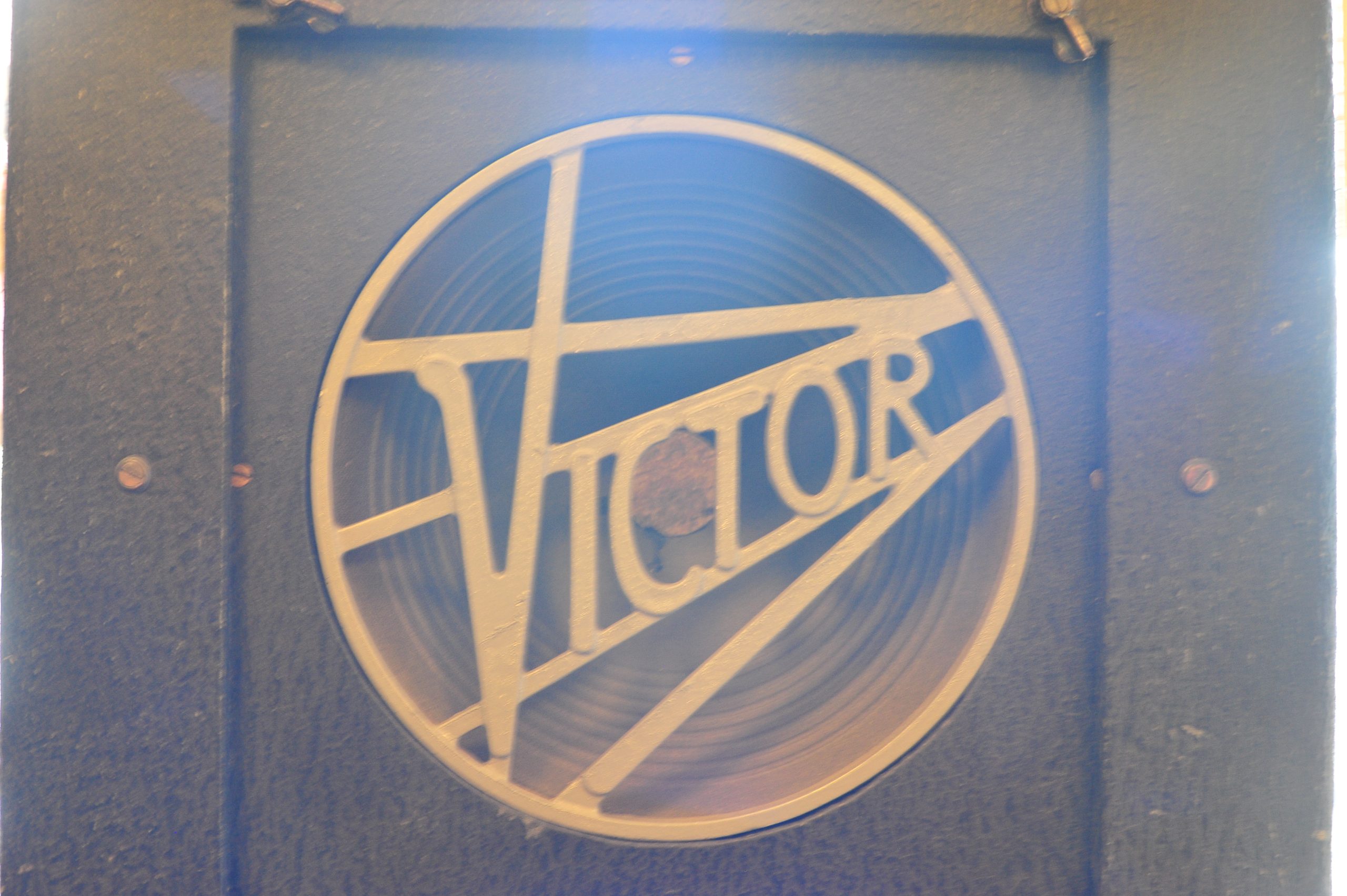
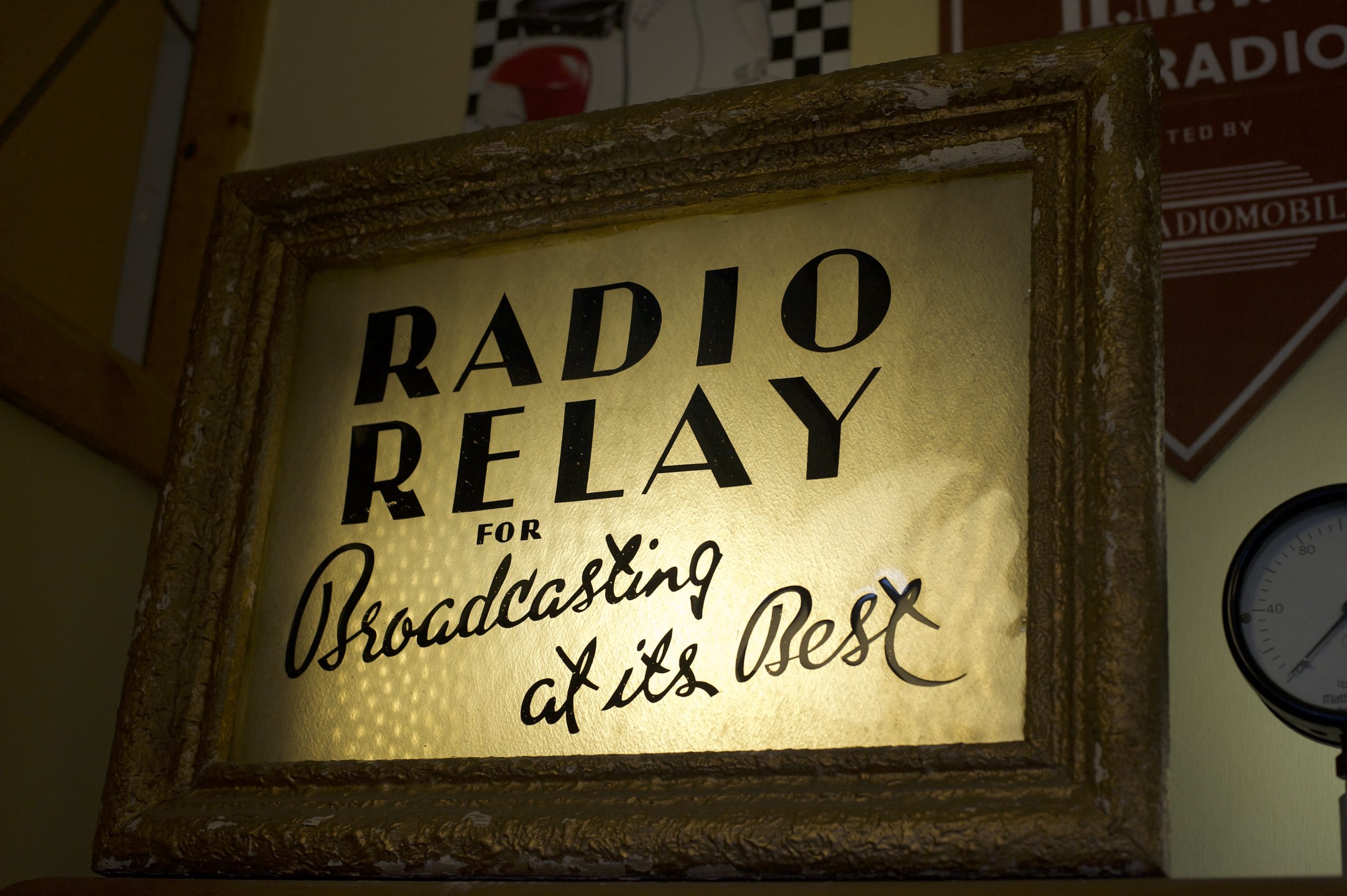
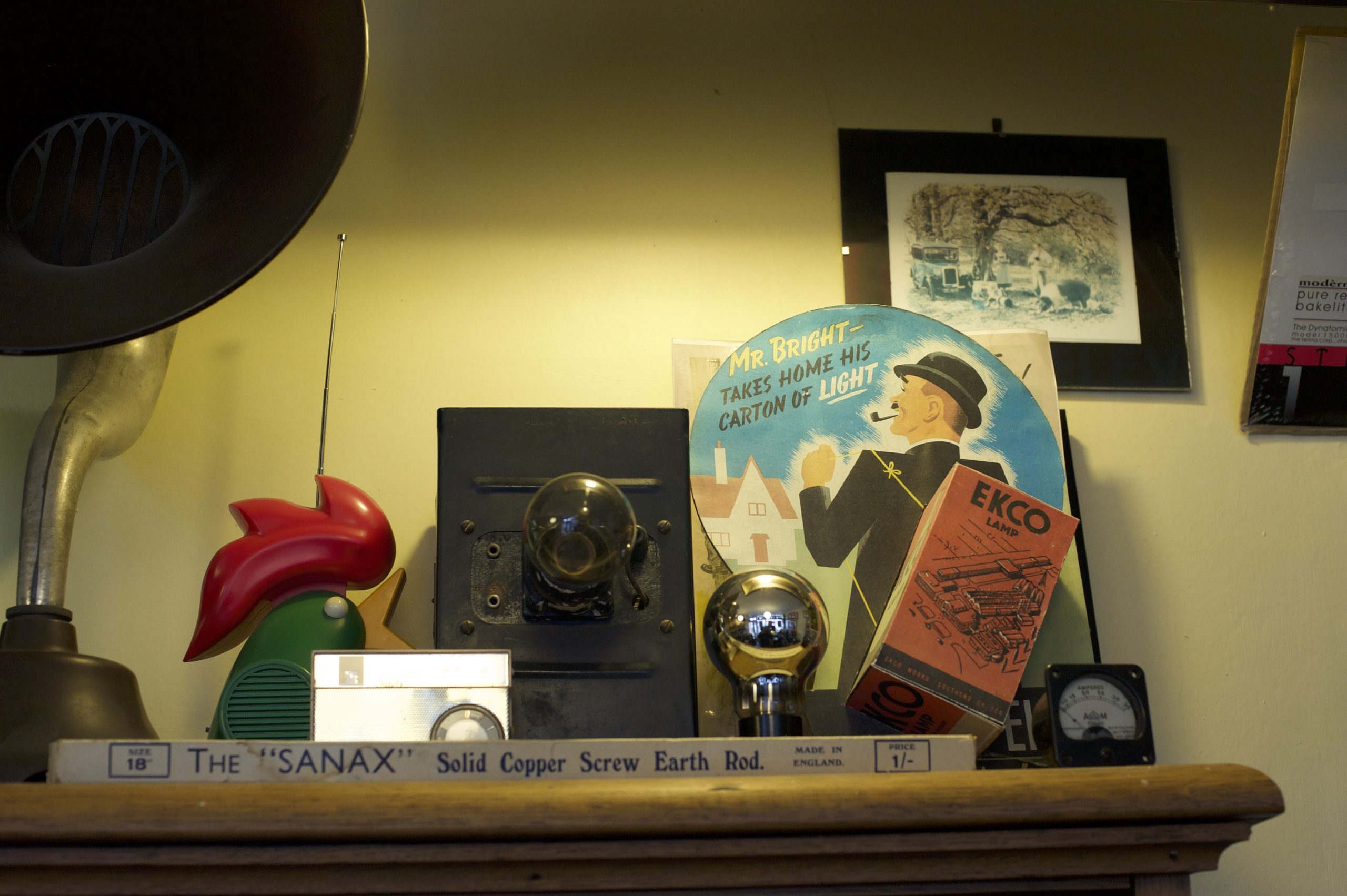
So why not have DAB (Digital Audio Broadcasting) compatibility installed? There again, change is afoot. For a start, the DAB plus channel is more popular on the continent, then there’s the complication of tuning to DAB stations, which would try the patience of even a modern car user.
Marchant has some interesting views on this. First on the replacement of your original unit with a modern ‘classic’ set. “These repro classic units don’t really cut the mustard for me,” he says. “They’re often a cheap radio given a bit of chrome, but with digital displays and the internals aren’t of the best quality.”
As for having the internals renewed as per original, as Marchant says: “you’re simply replacing the original parts with new, but you need to remember this is on a 70-year old set, which is not only expensive, but also might have mechanical parts which prove unreliable.”
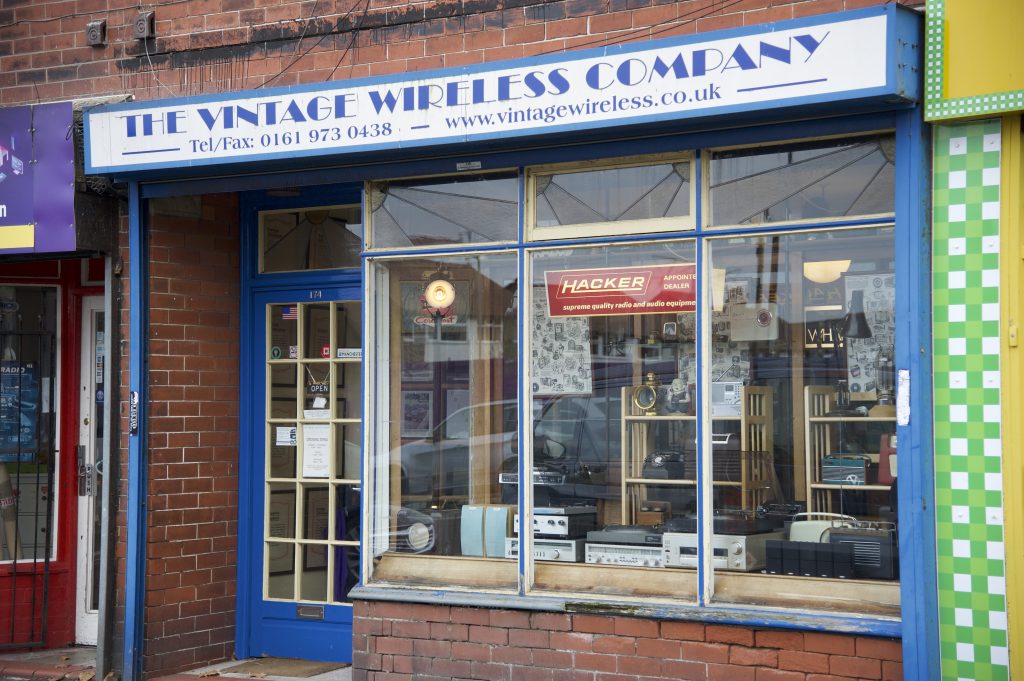
Marchant thinks the answer lies in Bluetooth, where you can simply link the set to your mobile telephone and access radio on internet services such as BBC’s Sounds or iTunes, your music lists and even your telephone and sat-nav instructions. “I would strongly recommend that as the way to go,” he says.
Essentially your immaculately original looking car radio becomes an amplifier to broadcast just about whatever you chose to stream through it. It’s not a cheap solution and you need to pick your specialist with care. Marchant recommends the service of experienced specialists such as Yorkshire base Agenta Audio – I’ve also heard good reports of Tadpole Radio in Colchester.
Again none of this is going to be cheap. Upgrading the core componentry to deliver FM and digital compatibility is more than £700, while adding an auxiliary input costs is the region of £150 and Bluetooth compatibility will be circa £240. But it sort of future proofs your radio set because while nothing is forever in the world of automotive sounds, Bluetooth seems set to stay.
“Bluetooth is going to be around forever,” says Marchant. “I’ve even got a Bluetooth toothbrush…”
He doesn’t reveal how that sounds on the car radio, but I think we can guess…
Read more
Reviewed & Rated: DAB adaptors for classic cars
Polished to perfection: Behind the scenes of GDK Veneering
Hard Craft: Ramón Cubiró’s marvellous miniature slot cars










Alan provided a correct rebuilt radio for my Mercedes 230S Fintail about 15 years back, since then the radio has been shaken remorselessly in a number of Historic car rallies including the Gobi Desert on Peking to Paris and the radio still works perfectly. Thank you Alan, a true professional.
Visited following Andrew English’s article. An Aladdin’s Cave of all things vintage radio. I purchased the exact Radiomobile model for a 1966 MGB. If you want authenticity for your classic car, visit now before Alan retires.
Great to hear, no pun intended, Ian!
Hi
Please can you help? I have a 1970 MGB Roadster and a car stereo I am hoping to get fitted. Apparently the radio has been modified to pick up FM and link to an MP3 or similar so we can pay from our mobile device.
The car has the typical MGB crackle finish dash with the hole in it and the radio passes through the hole. The car also has the audio box below the dash that then sits on the gear box tunnel carpet. To fit the radio I also need a speaker and an aerial as I do not have one.
Can you help with fitment and supply of the speaker and aerial? I cannot fathom out what sort of bracket or cradle is needed to make sure the radio holds in the slot on the dash but I am hoping you have encountered this before?
Thanks
Loved reading this article about my Dad. Definitely made me smile
Is this company (The Vintage Wireless Company) still trading?
Yes